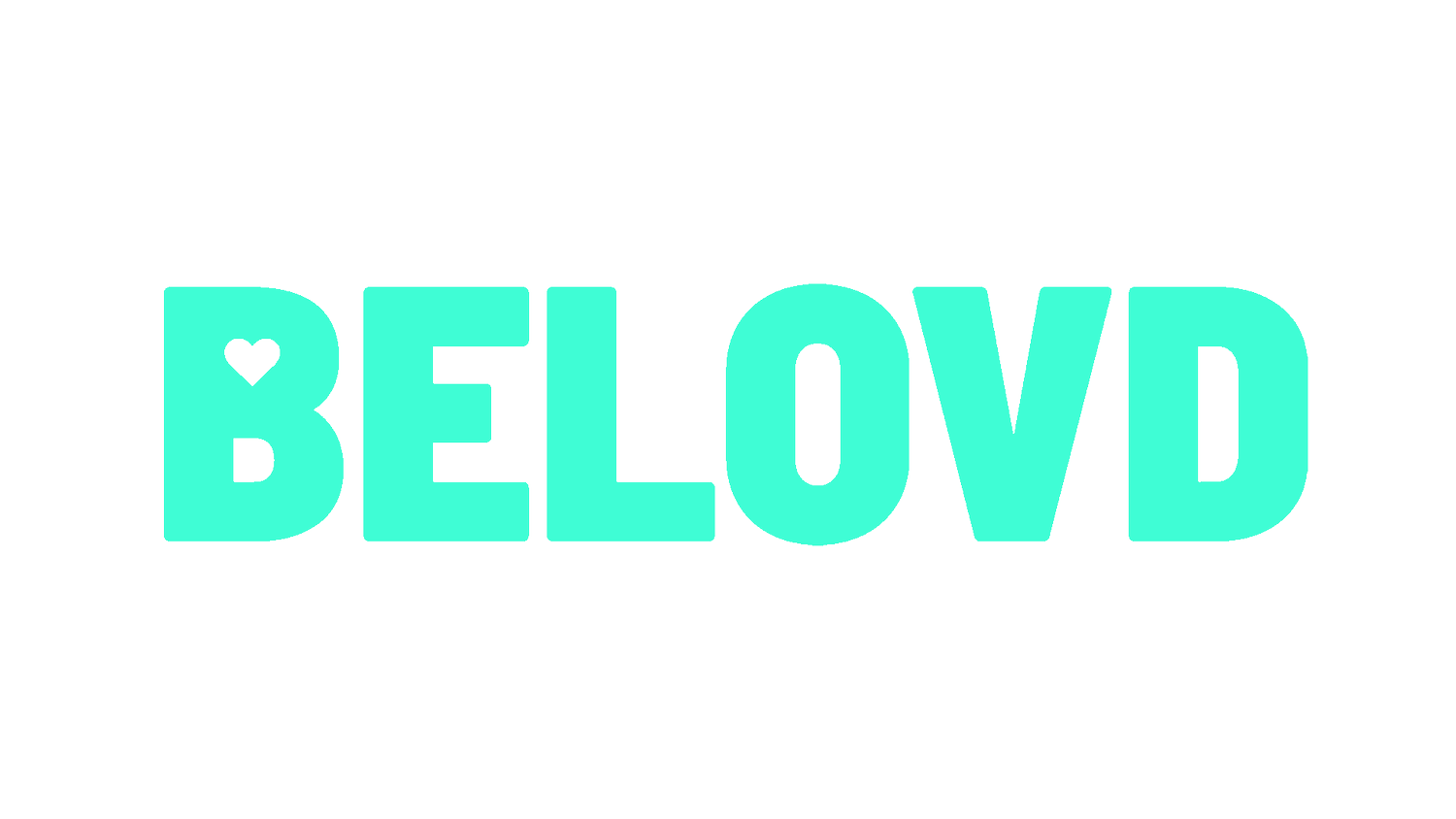Fostering an LGBTQ+ Inclusive Workplace
In today’s progressive corporate landscape, creating an inclusive environment for LGBTQ+ employees is not just a moral imperative but a marker of an organisation's commitment to diversity and equity. An inclusive workplace not only supports the well-being of LGBTQ+ employees but also enriches the organisational culture, sparking innovation and enhancing employee engagement across the board. Here, we outline five pivotal strategies to cultivate an environment where LGBTQ+ employees feel valued, supported, and empowered.
Implementing Comprehensive Non-Discrimination Policies
At the core of an inclusive workplace is a robust non-discrimination policy that explicitly includes protections based on sexual orientation, gender identity, and expression. These policies should be prominently communicated and integrated into all facets of the employment process, from recruitment to promotions. Regular training sessions are crucial for educating employees on these policies, ensuring everyone understands the importance of respecting each other's identities and expressions. Such initiatives underline the organisation's zero-tolerance stance on discrimination and harassment.
Supporting LGBTQ+ Employee Resource Groups (ERGs)
LGBTQ+ ERGs play a vital role in fostering a sense of community and belonging among LGBTQ+ employees. By facilitating or bolstering these groups, companies provide a safe haven for LGBTQ+ staff to share experiences and offer support to one another. Moreover, ERGs can offer invaluable insights into making the workplace more inclusive. Practical support from the company, such as funding for ERG activities or leadership attendance at meetings, visibly demonstrates an organisation's commitment to LGBTQ+ inclusion.
Offering Comprehensive Benefits
Adapting employee benefits to meet the unique needs of LGBTQ+ employees is a clear indicator of an inclusive workplace. This includes providing healthcare that recognises the needs of transgender employees, including gender-affirming care, and offering equal benefits for same-sex partners. Progressive parental leave policies that support various paths to parenthood reflect an understanding and respect for the diverse ways LGBTQ+ employees may choose to start or grow their families.
Creating an Inclusive Culture through Education and Awareness
Ongoing diversity and inclusion training that specifically addresses LGBTQ+ issues is essential for building a respectful and understanding workplace culture. These training sessions should aim to challenge unconscious biases and prevent microaggressions, fostering a supportive environment for all employees. Engaging with LGBTQ+ advocacy groups to deliver workshops or inviting speakers from the LGBTQ+ community can provide powerful insights and encourage meaningful conversations within the organisation.
Promoting Visibility and Representation
Ensuring that LGBTQ+ employees are represented at all levels of the company, especially in leadership positions, sends a powerful message about the organisation's commitment to diversity. Mentoring programmes designed to support the career development of LGBTQ+ employees can help achieve this goal. Celebrating LGBTQ+ culture and history, for instance, during Pride Month, further affirms the company's dedication to LGBTQ+ inclusion. Highlighting stories of LGBTQ+ employees in company materials or featuring LGBTQ+ leaders in communications showcases the diverse faces of the organisation and the contributions they make.
Creating a genuinely inclusive workplace for LGBTQ+ employees requires a multi-faceted approach, grounded in a commitment to equity and respect for diversity. By implementing these strategies, organisations can ensure that all employees, regardless of their sexual orientation or gender identity, feel valued and empowered to bring their whole selves to work. In doing so, companies not only enhance the workplace for LGBTQ+ employees but also for everyone, fostering a culture of inclusivity that extends beyond the office walls.

